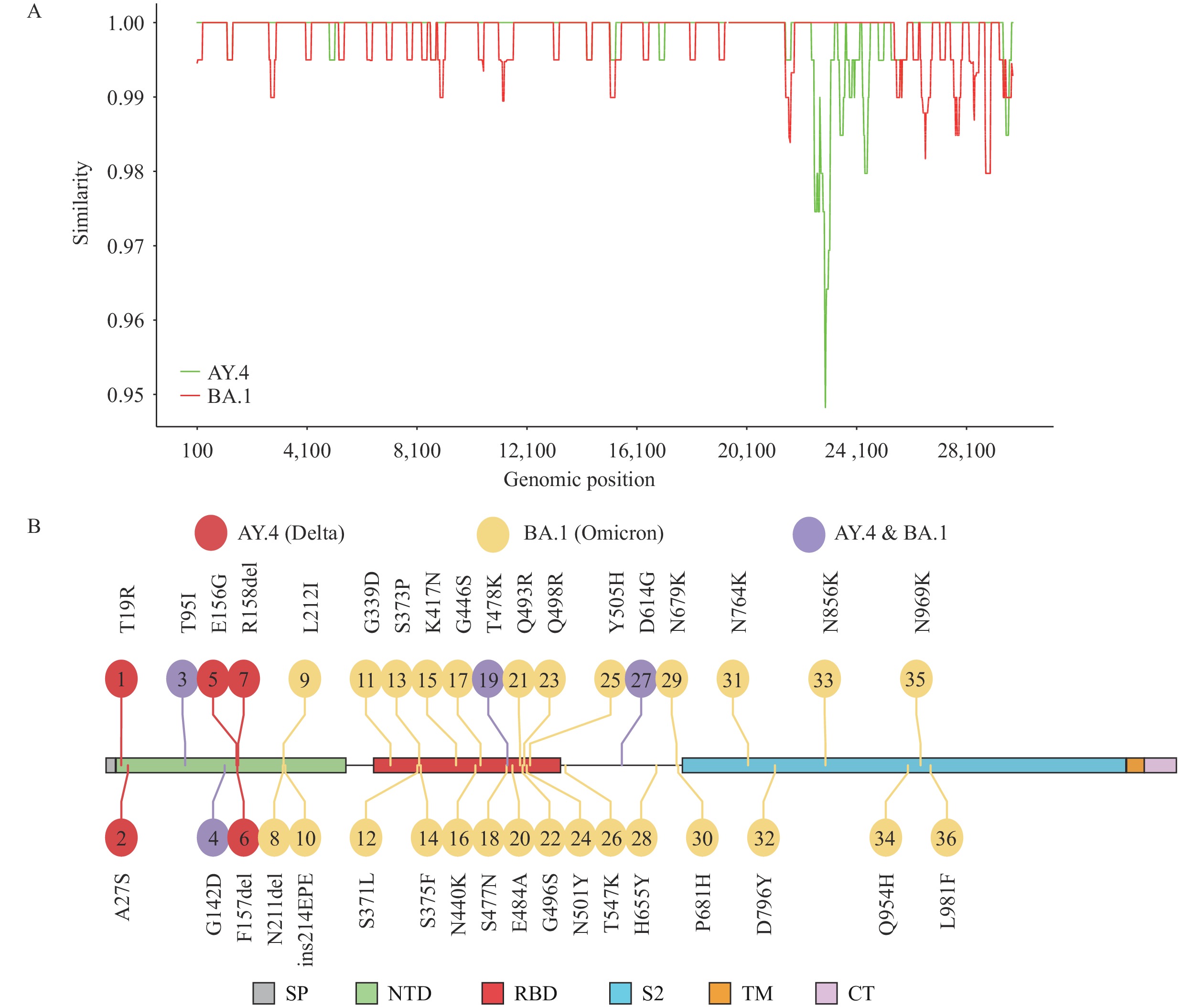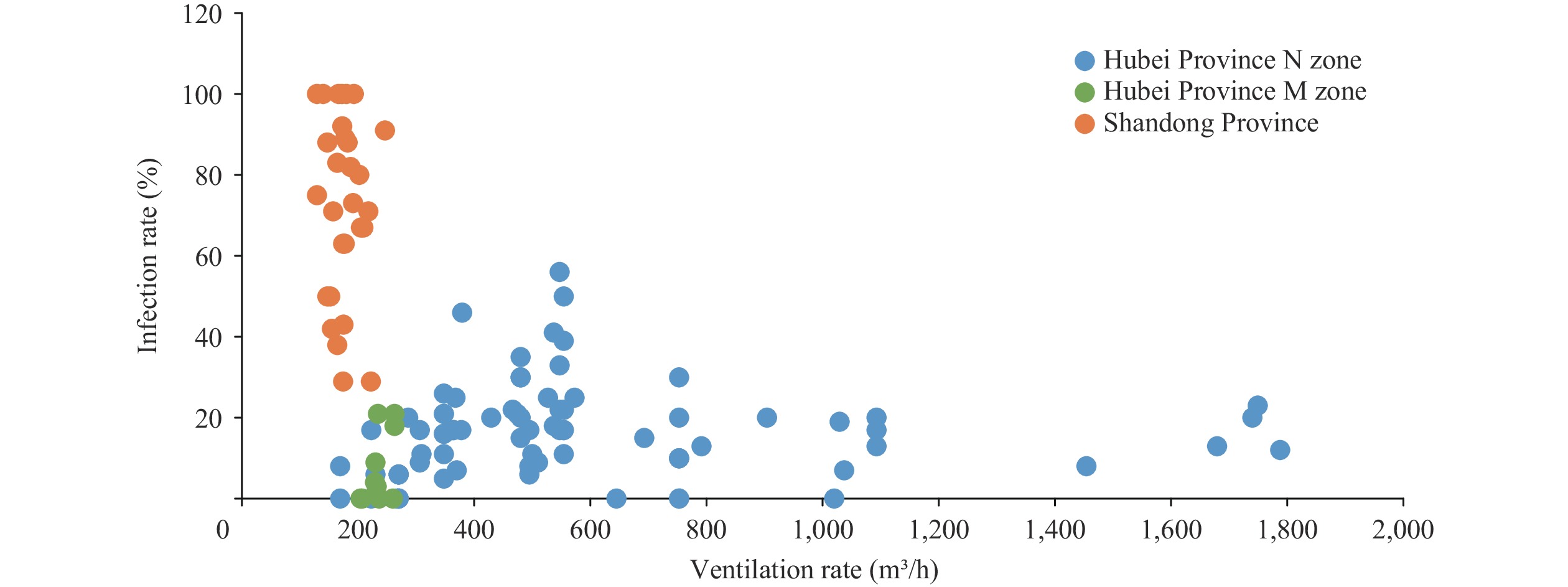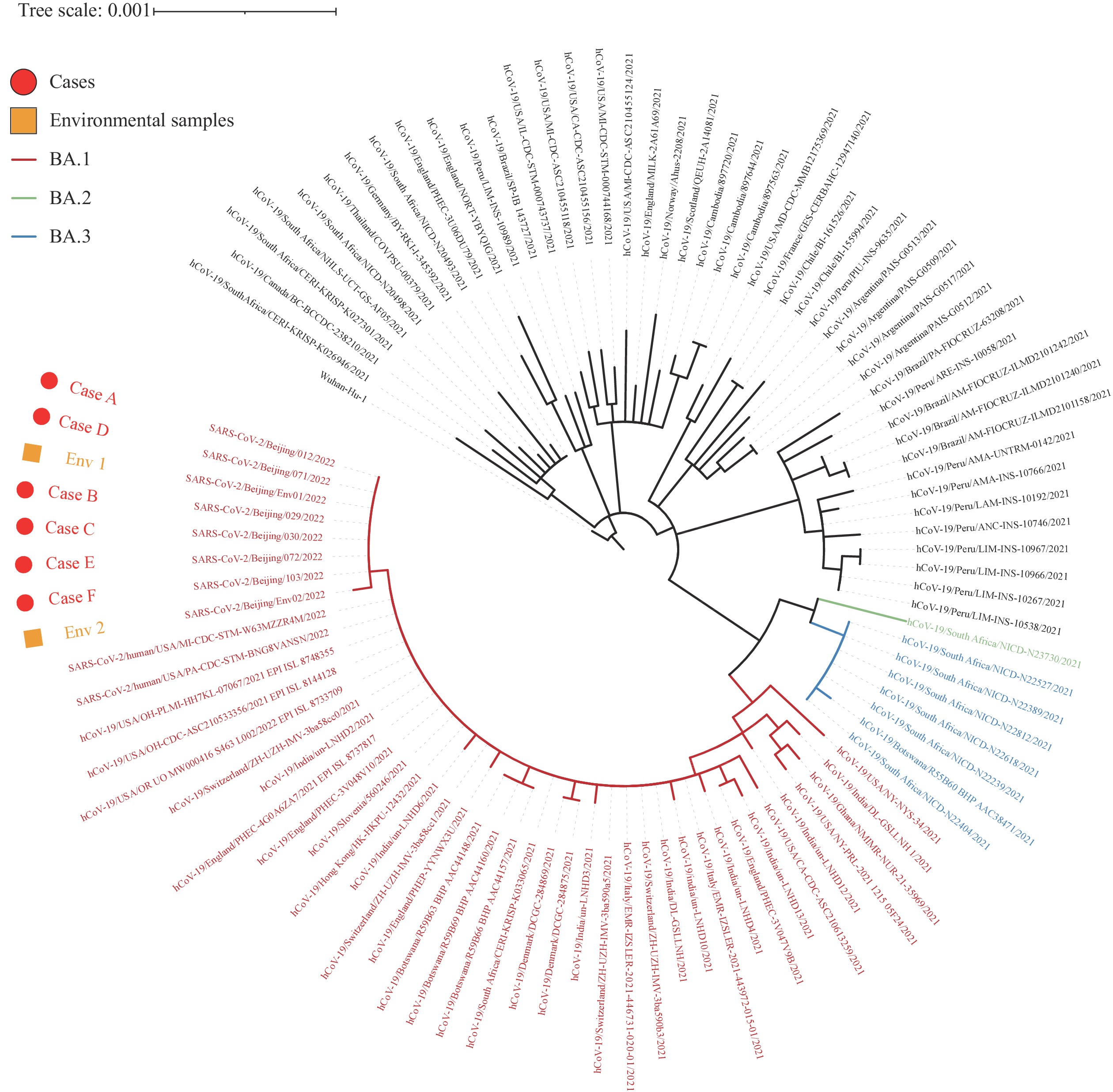2022 Vol. 4, No. 14
COVID-19 vaccines are important tools to protect populations from severe disease and death.
Among persons aged ≥60 years in Hong Kong, 49%, had received ≥2 doses of a COVID-19 vaccine, and vaccination coverage declined with age. During January–March 2022, reported COVID-19–associated deaths rose rapidly in Hong Kong. Among these deaths, 96% occurred in persons aged ≥60 years; within this age group, the risk for death was 20 times lower among those who were fully vaccinated compared with those who were unvaccinated.
Efforts to identify and address gaps in age-specific vaccination coverage can help prevent high mortality from COVID-19, especially in older adults.
Compared with the international mRNA and adenovirus-vectored coronavirus disease 2019 (COVID-19) vaccines, there is less real-world research data about breakthrough cases in people vaccinated with China-made COVID-19 vaccines. Analyses of clinical outcomes of breakthrough cases will be an important supplement to the clinical trial efficacy and observational effectiveness data of China-made COVID-19 vaccines.
COVID-19 vaccine age-eligible individuals (≥3 years old) who received full primary series and a booster dose of China-made COVID-19 vaccines had good protection from pneumonia caused by Delta variant infection. There was only one serious Delta case in children (unvaccinated), but among adults 18 years and older, there was good protection from serious illness with primary vaccination and booster vaccination. Among people ≥60 years, full vaccination and booster vaccination were associated with protection from pneumonia and risk of serious COVID-19 caused by Omicron variant infection. There were few serious Omicron cases.
Everyone 3 years and older without contraindications should be fully vaccinated against COVID-19; schedule-eligible adults should receive booster doses. The pace of booster dose administration, especially among the elderly, should be accelerated.
Aerosol transmission is one route for the spread of severe acute respiratory syndrome coronavirus 2 (SARS-CoV-2). However, uncertainty remains on the threshold of ventilation rate in its occurrence.
Based on two cases in Shandong Province and Hubei Province, the effect of wearing masks and the minimum ventilation required to reduce coronavirus disease 2019 (COVID-19) aerosol transmission was determined.
No masking and low ventilation rates lead to a relatively high contribution of aerosols to COVID-19 transmission. Thus, public awareness of wearing masks should increase and the ventilation rate should be sufficiently higher than the minimum required ventilation.



 Subscribe for E-mail Alerts
Subscribe for E-mail Alerts CCDC Weekly RSS Feed
CCDC Weekly RSS Feed


